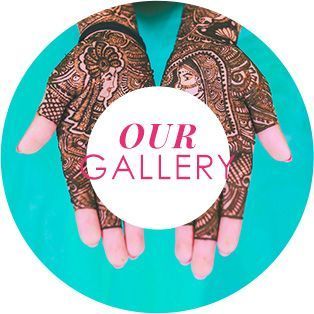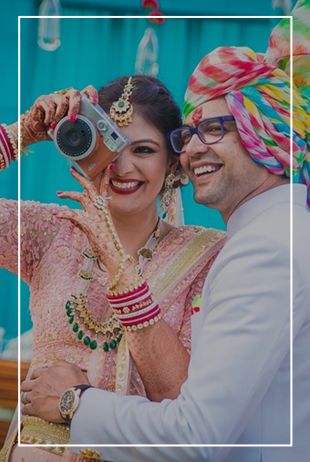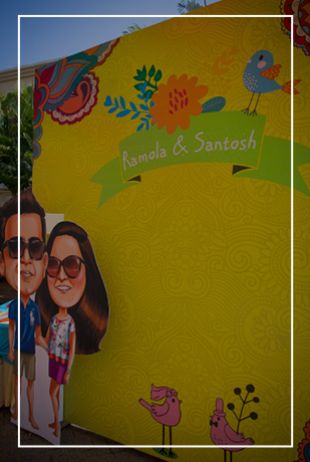Bengali Wedding Guide: Rituals, Traditions & Customs
BY Apoorva | 03 Apr, 2024 | 5122 views | 10 min read
We all know that Indian weddings have diversity like no other. From the grandeur of a North Indian wedding to the vibrant colours of a South Indian celebration, each region boasts its own distinctive style. Amidst this rich tapestry, Bengali weddings stand out with their timeless uniqueness. Infused with regional art, poetry, and music, Bengali nuptials are a harmonious blend of Bengali tradition and drama, creating an unforgettable and one-of-a-kind experience for all involved. If you're looking to have your Bengali wedding this year, then Bookmark These Bengali Panjika Marriage Dates For 2024 Now! Else, if it is next year, you can also check out Best Marriage Dates In 2025 - Auspicious Hindu Wedding Dates.
So today, we are sharing the ultimate guide to all things Bengali weddings. From the smallest of pre-wedding rituals to the post-wedding games, this guide has it all for you. Let's dive into this amazing Bengali wedding world with mouth-watering cuisine, and stylish couture that make Bengali nuptials a unique and joyous experience!
Check out The Ultimate Bengali Wedding Checklist!
Pre-Wedding Bengali Wedding Events

Image via Swagata and Karan
Pati Potro (Finalizing Wedding Date)
Picture this colourful scene: a special mat called Shital Pati, all fancy and decorative, becomes the centre of attention. Why? Because it's decision time! Families huddle around at the bride's house, trying to figure out the big day. It's like a family meeting, but with a purpose – fixing the marriage date.
Now, here's the sweet part – the groom's side brings in some lovely gifts for the bride. We're talking sweets, fish, betel leaves, and betel nuts (Paan-supari) – all the good luck goodies you can think of! In the earlier days, wise elders of the family would grab sindoor and haldi, and like artists, they'd jot down the date, time, the couple's names, and spill the beans on the dowry/gifts (Adan Prodan). To make it official, they'd even use a coin! And guess what? They'd all sign off on it along with the names of the witnesses. It was like making a super respectful deal, Bengali style.
But if you're looking for Bengali save the date cards to announce the wedding date or figuring out how to create a bengali wedding video for your D-day then WedMeGood's einvites section is the perfect destination for you.
Aashirbaad (Engagement/Roka)
Just like an engagement, the 'Aashirbaad' ceremony is like the ultimate family approval for the couple. It's a flexible affair, happening anytime from locking in the match to just before the big wedding day if that suits everyone. It’s a formal engagement, but does not always have a ring exchange ceremony. Instead, the bride and groom get showered with blessings in the form of husked rice and trefoil leaves.
Aiburo Bhaat (Last Meal Before The Wedding)
This is the last meal before the wedding and is one of the most awaited events for the bride and groom! Before the big day, the soon-to-be-married couple gets a delicious traditional Bengali feast as their official last meal as a single bride and single groom. And guess what? Their family and friends join in, singing, dancing, and having a great time together.
Gaye Hollud (Haldi)
On the morning of the wedding, there's this sweet ceremony called the haldi ceremony or 'Gaye Holud.' It's a cozy affair with only close family and friends around. First the groom gets a turmeric paste makeover from seven married women in his family. After that, this same turmeric paste, along with some gifts, heads over to the bride's place. The bride is gifted fragrant oils, sarees, beauty stuff, sweets, and a fancy, artfully decorated fish!
Now, it's the bride's turn. The married ladies from her family cover her in turmeric paste, and then she takes a bath using water brought by her mom and other ladies from a nearby river or pond. It's a super cool Bengali tradition, and the best part? Families often adjust it based on where they are and what works best for them.
Check out These Bengali Bridal Portraits Have Our Hearts!
Ganga Nemontron & Kola Gach Nemontron (Inviting Goddess Ganga)
So, on the evening of Holud Kota, the ladies from the family have this special job. They invite the ‘Ganga River’ for the wedding, like asking for permission to use its water. They bring trays with bananas, betel leaves, nuts, Sindoor, and other stuff in a little parade. Once the Ganges is invited, they also welcome a banana tree. From this tree, they take an unopened plantain leaf and tie it to a Dorpon. It's a meaningful part of the whole wedding scene!
Dodhi Mongol and Jol Tola (Sunrise Meal)
Before the sun comes up, the moms of the bride and groom do something sweet. They lovingly feed them curd, puffed rice, and sweets, sort of like a special breakfast before all the wedding stuff starts. After that, the couple has to fast until the wedding is done – no more eating for them! At the same time, some other ladies head to the Ganges or a water place to get water for the wedding baths. All of this has to happen before the sun rises on the wedding day!
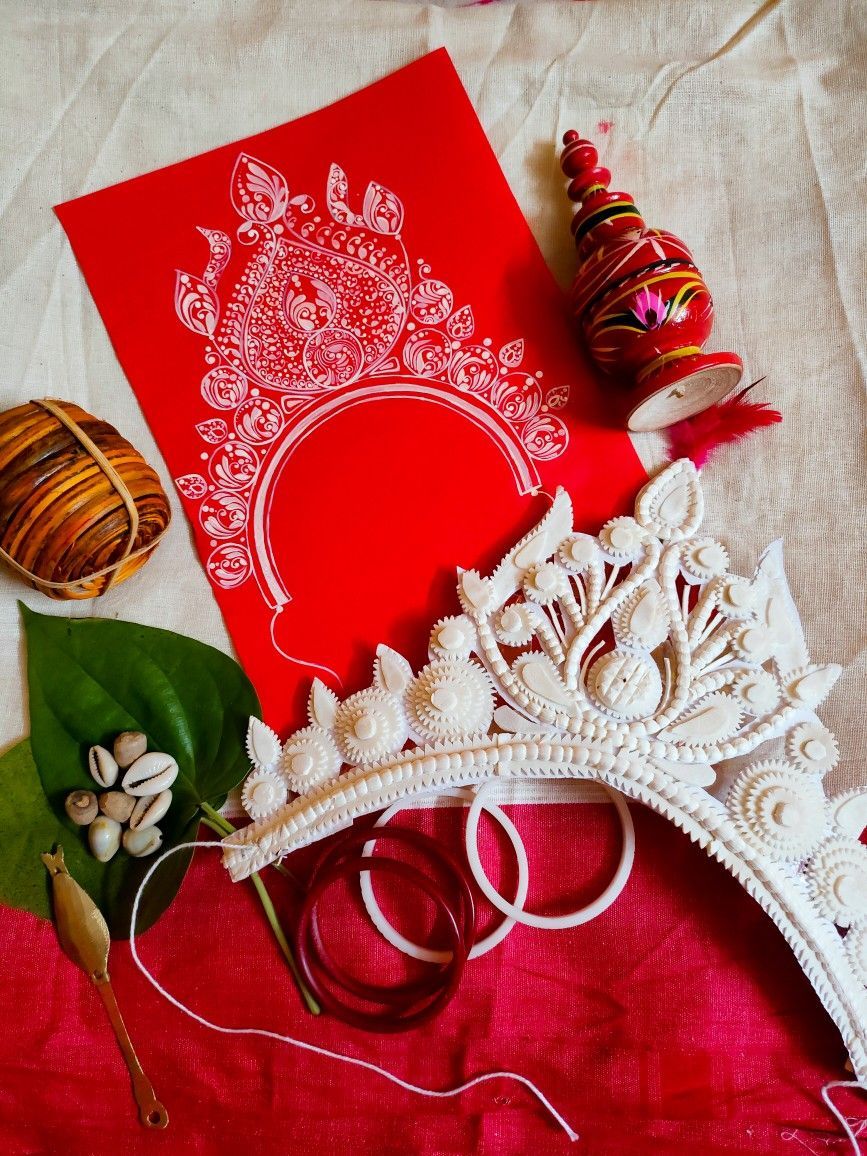
Image via Pinterest
Sankha Porano (Bangle Ceremony)
Just like the mangalsutra shows that a woman is married, Bengali women wear 'Sankha' and 'Pola' – conch shell bangles that signify their marital status. So, after the Holud ceremony, the bride puts on these bangles. But here's the thing – before wearing them, they are dipped in turmeric water during the 'Sankha Porano' ritual. It's a special Bengali tradition!
Bengali Wedding Events
Bor Jatri (Baraat)
'Bor Jatri,' also known as the baraat, is the groom's happy gang heading to the wedding. Imagine his beautifully dressed friends and family, singing and dancing all the way to the wedding venue entrance. And guess what? The bride's family eagerly welcomes them, led by her mom. She greets them with an aarti, shares some sweets, and offers refreshing drinks. It's a lively and warm scene in the lead-up to the wedding festivities!
Potto Bostro (Gifting the groom)
When the groom reaches the mandap and takes his seat, a senior male member from the bride's family, like her dad or maternal uncle (who's giving her away), hands over the special wedding attire that he's supposed to wear during the ceremony.
Saat Paak (Bridal Entry)
Now, let's talk about the star of the show in a Bengali wedding – the 'Saat Paak' ceremony. Here, the bride sits on a low stool, and her brothers carry her seven times in a circle around the groom. And here's the sweet touch – she shyly covers her face with betel leaves as they go around.
Check out these Gorgeous 'Topor' Designs For The Modern Bengali Brides
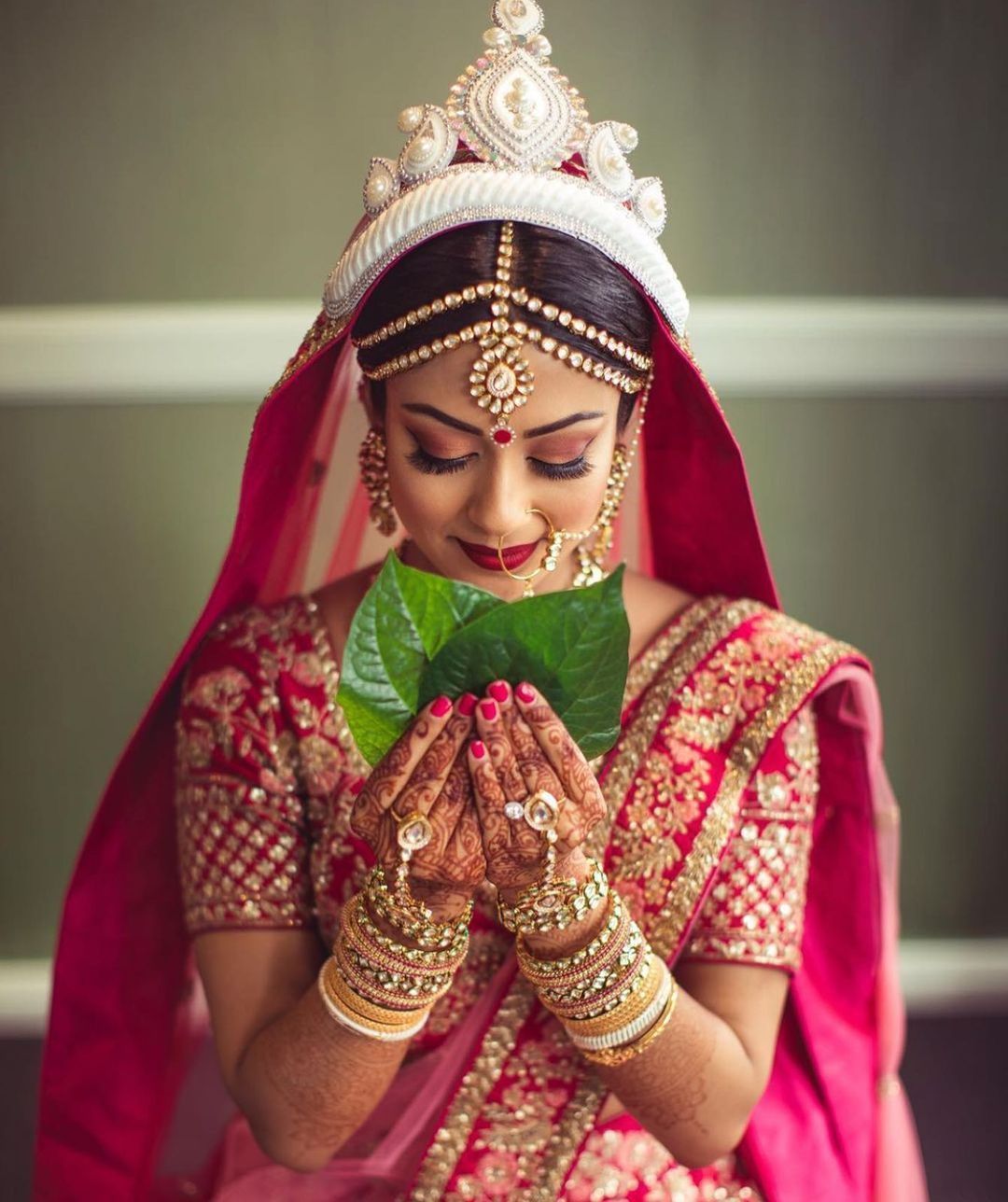
Image via Rolling Canvas Presentations
Subho Drishti (First Look)
Once the 'Saat Paak' circles are done, it's time for the 'Subho Dhristi' ritual. Here, the bride and groom come face to face, and as she gently lowers the betel leaves, she looks at her groom's face for the first time. This sweet moment of love is met with loud cheers from their family, accompanied by the sound of conch shells and joyful ululations
Check out 6 Essentials That Make Up A Bengali Bride's Look!
Maala Bodol (Garland Exchange)
Now, let's talk about the classic 'varmala' ceremony. This is where the bride and groom exchange lovely floral garlands. What's unique in Bengali weddings is that they swap garlands not just once, but three times, adding an extra touch of Bengali tradition compared to some other cultures where it's done only once
Somprodan (Kanyadaan/Giving Away Ritual)
A highly significant moment in the ceremony, the 'Somprodan' ritual is when the bride's father or a respected male family member formally hands her over to the groom. They intertwine their hands with a sacred thread while Vedic chants fill the air, and this thread remains untied throughout the rest of the wedding.
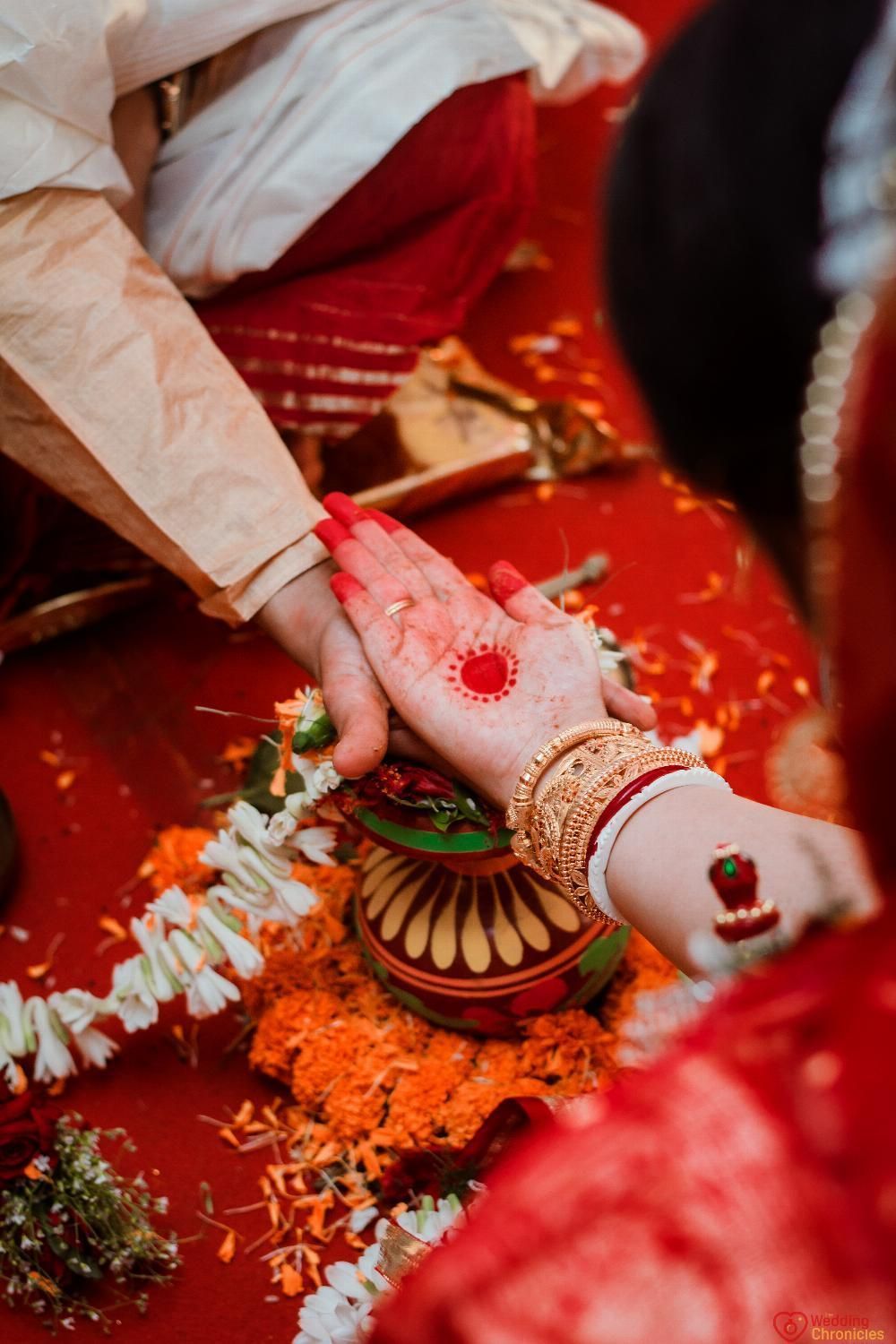
Soptopodi (Saat Phere)
While the priest recites Vedic verses in front of the sacred fire, the bride and groom, hand in hand, walk around it seven times, officially sealing their union
Onjoli (Gratitude Custom)
The bride and groom express their gratitude to the sacred fire by offering puffed rice. The groom stands behind the bride, holding her hands, as she gently pours the rice onto a chaff into the flames.
Sindoor Daan and Ghomta (Sindoor ceremony)
As a symbolic transition into their new life together, the groom applies 'sindoor' (vermillion) to the bride's hair parting and drapes her head with a red veil, usually a saree, marking the conclusion of the wedding rituals.
Post-Wedding Bengali Wedding Events
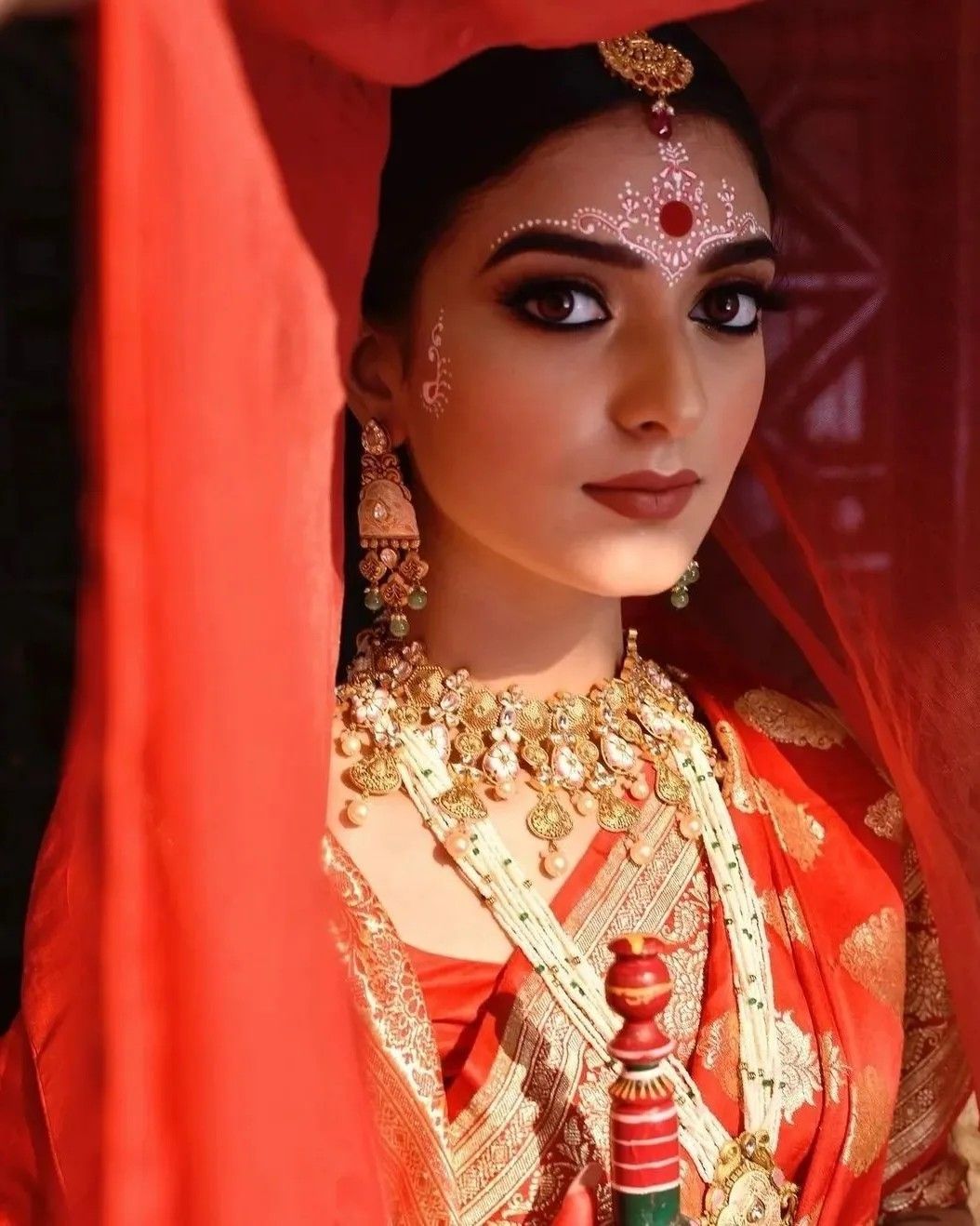
Image via Roma Khanna
Bodhu Boron (Bridal Welcome)
The groom's mom extends a warm welcome to the bride with a heartfelt Aarti, using Ghee-Diyas, flowers, and sweets. She tenderly touches the bride's mouth and ears with honey, symbolizing sweetness and warmth. Often, she sits at the entrance, making the bride and groom sit on either side of her to shower them with love, signifying her official acceptance of them into the family. The bride's entry into the house is marked by stepping on a red Aalta and milk solution, leaving her footprints on a white cloth aisle. Sometimes, instead of Aalta, she may break small clay diyas with her heel. The age-old Bengali tradition behind the honey-touch was rooted in the expectation that the bride would bring sweetness into her new family through her words and actions.
Ashirbad & Kaal Ratri (First Night)
The celebration continues with another round of Ashirbad, where everyone from the groom's family showers blessings on the newlyweds, gifting them gold jewellery and sweets. After the blessings, the couple observes a Kaal Ratri, spending the night apart, preparing for the bou-bhat ceremony the following day.
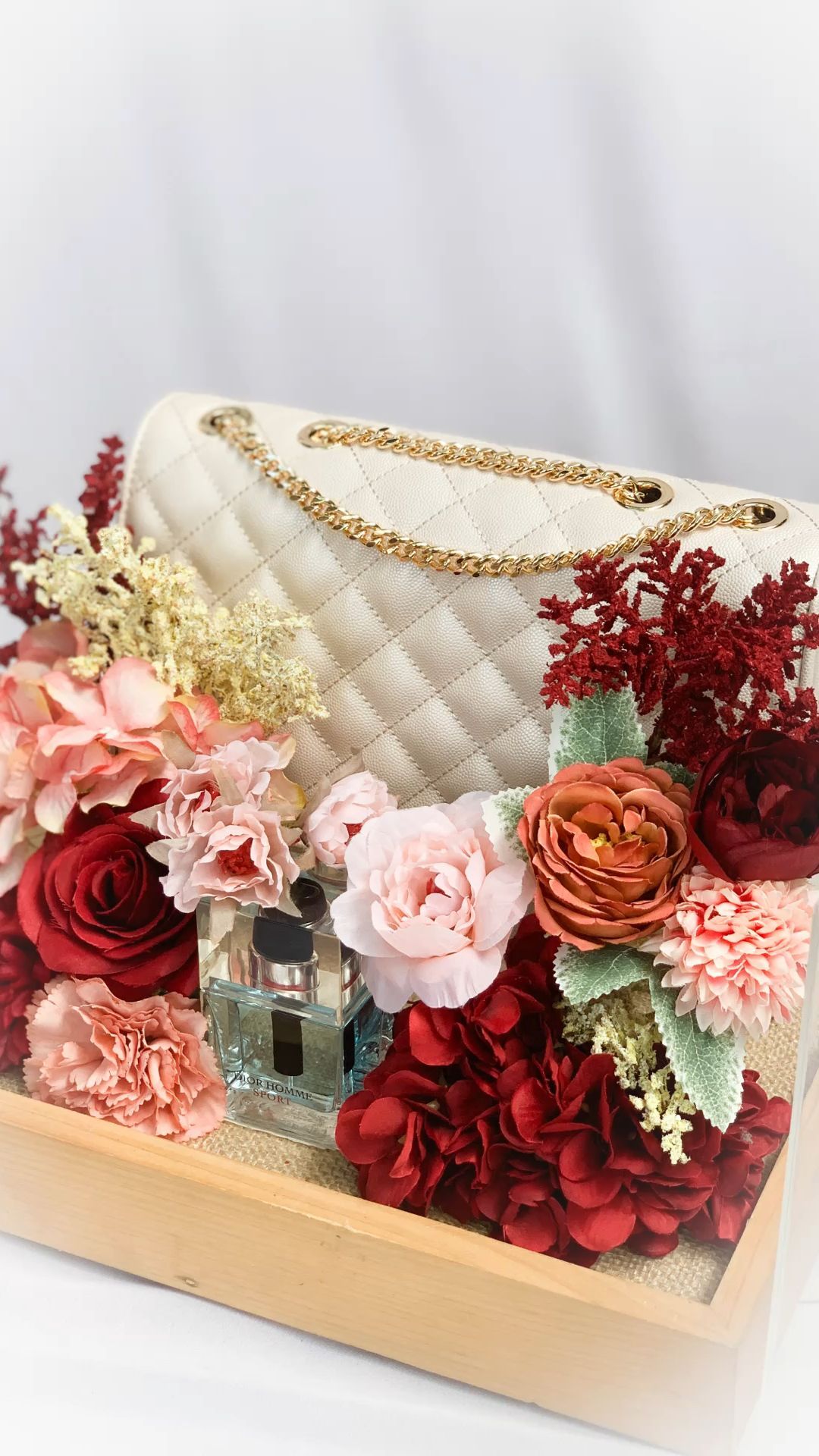
Bhat Kapod & Bou Bhat (Bridal gifting and first meal)
In Bengali weddings, Bhat Kapod is a special tradition. Here, the groom presents the bride with a tray containing new sarees, Sindoor, and a plate of food. In front of everyone, he makes a promise to take care of her clothing and meals from that day forward. Later in the day, the bride hosts a grand lunch feast, serving Ghee-rice to all, mainly inviting guests from the groom's side. This event is a formal introduction of the bride to the groom's family.
Ashtamangala (Wedding finale)
On the eighth day after the wedding, the couple pays a visit to the bride's family, spending a day or two with them. It's during this time that the knot, tied at the beginning of the wedding, is untied, symbolizing the official conclusion of the wedding. Sometimes referred to as Doshomangala, for couples observing this ceremony on the 10th day after the wedding, it marks the ceremonial end of the marriage festivities.
Want to know what is needed at a Bengali wedding? Here is The Ultimate Bengali Wedding Checklist!
For all things Bengali weddings, check out our exclusive WMG Bengali Wedding Gallery!

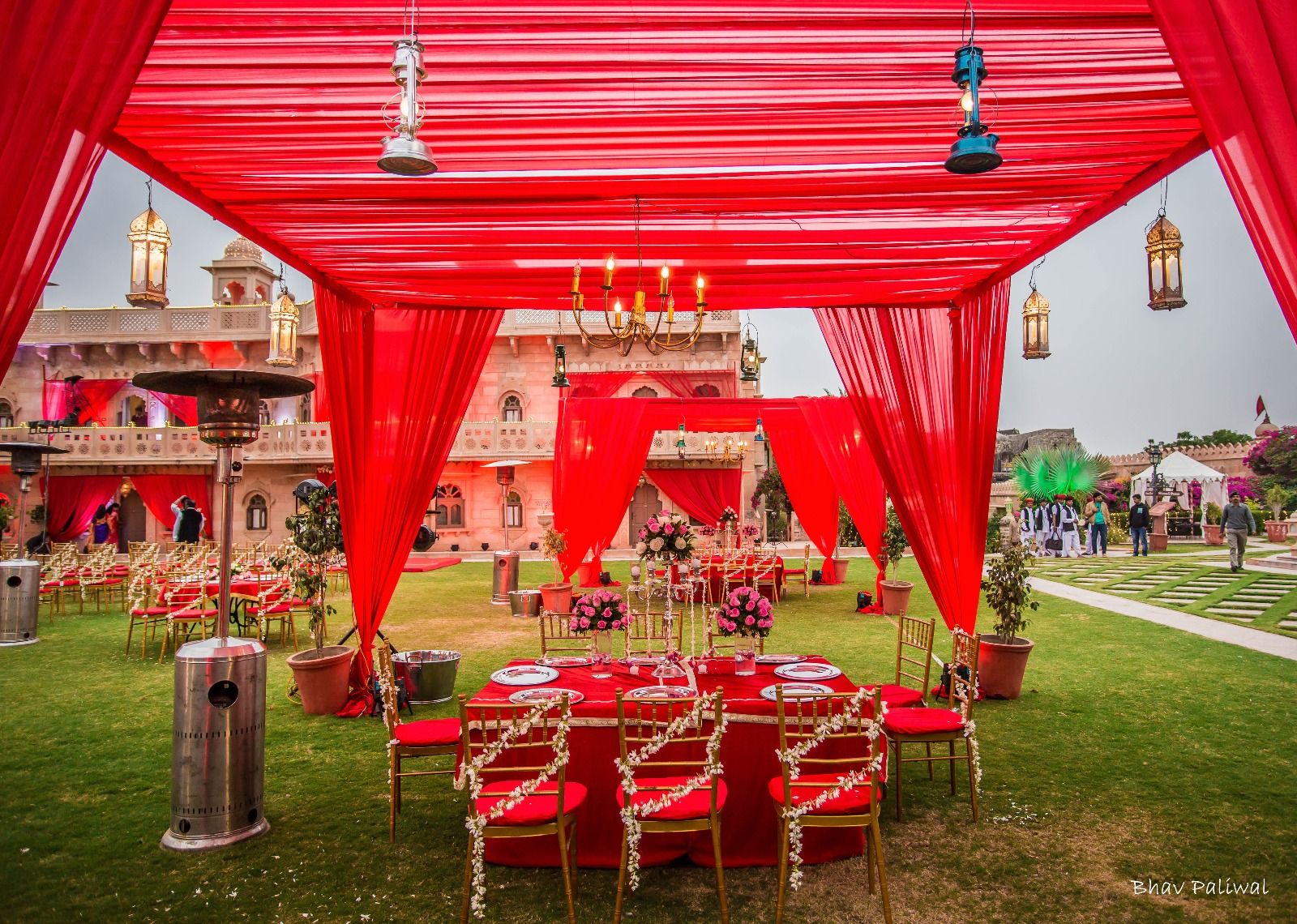
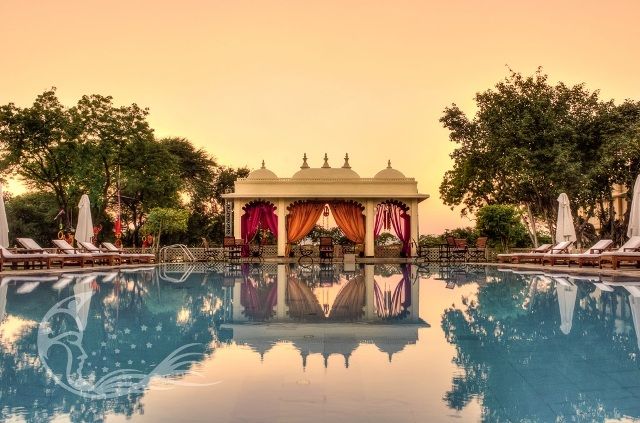
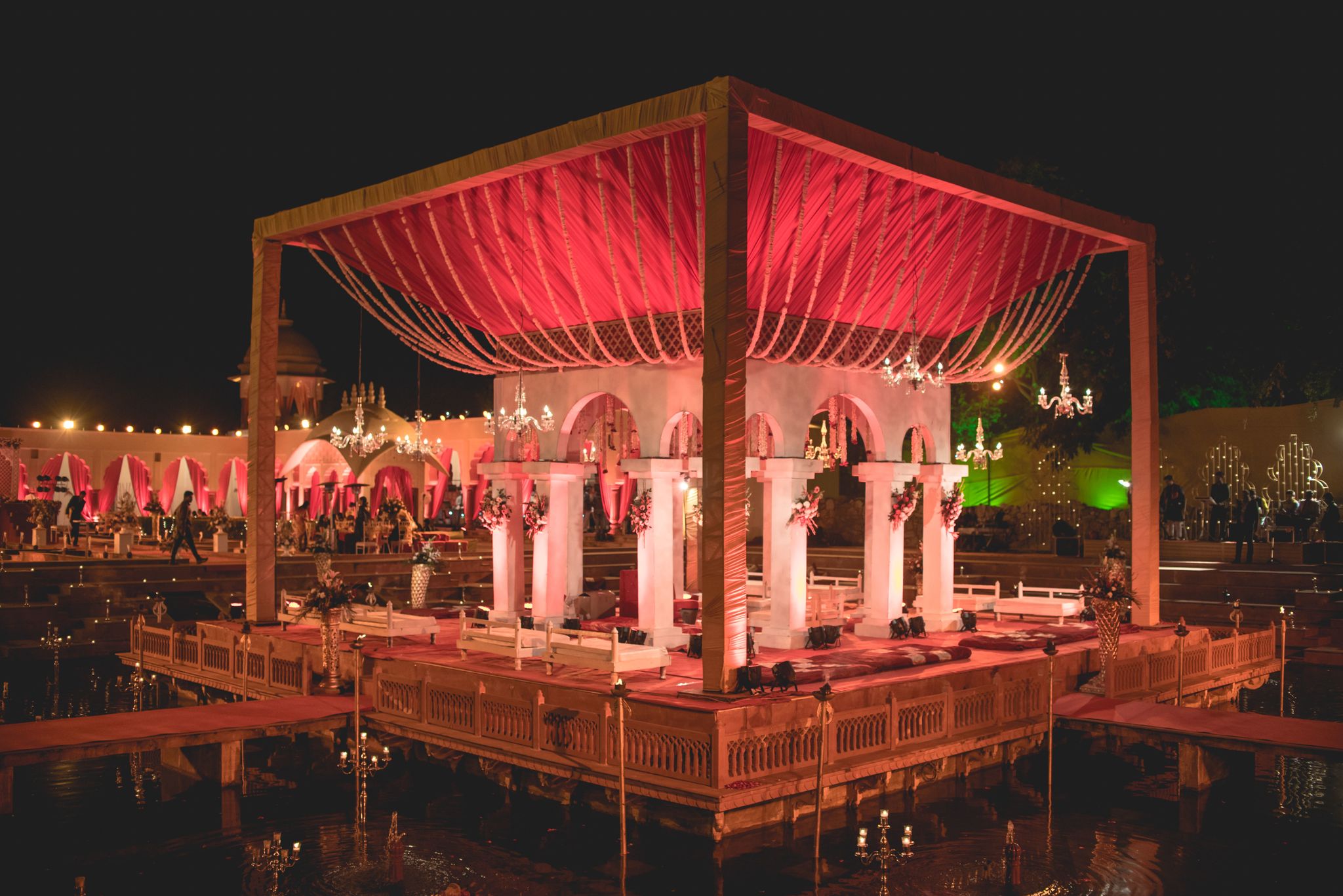
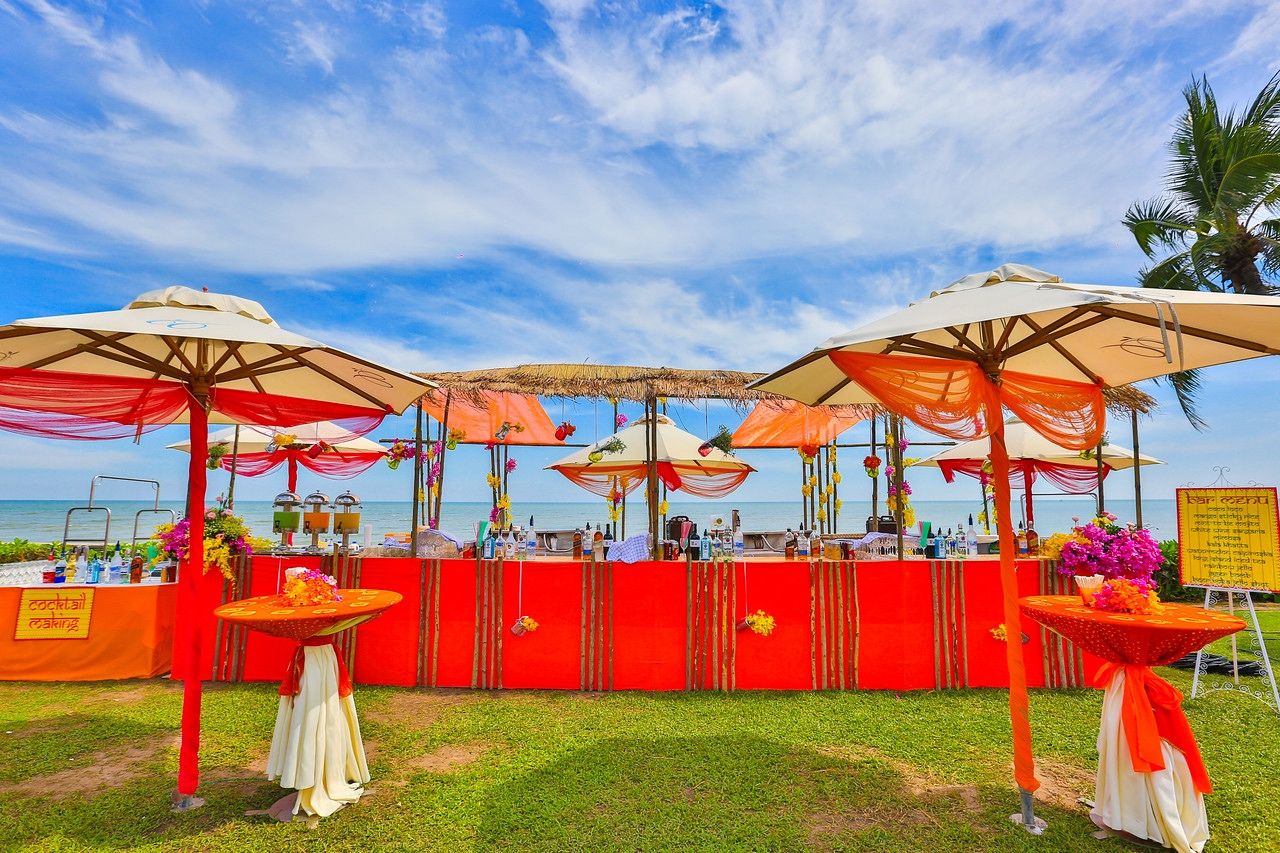
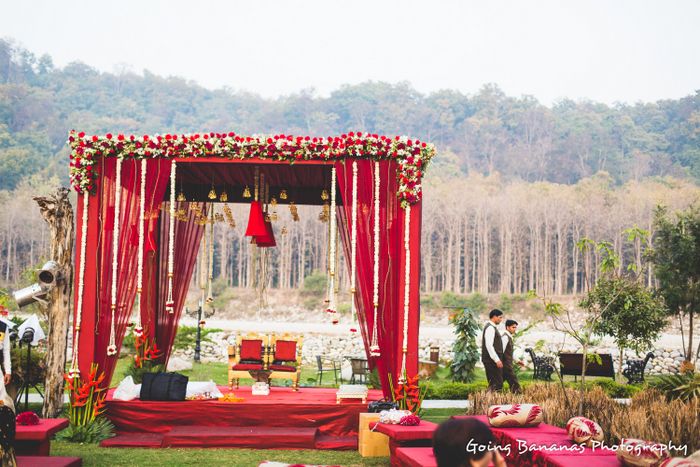



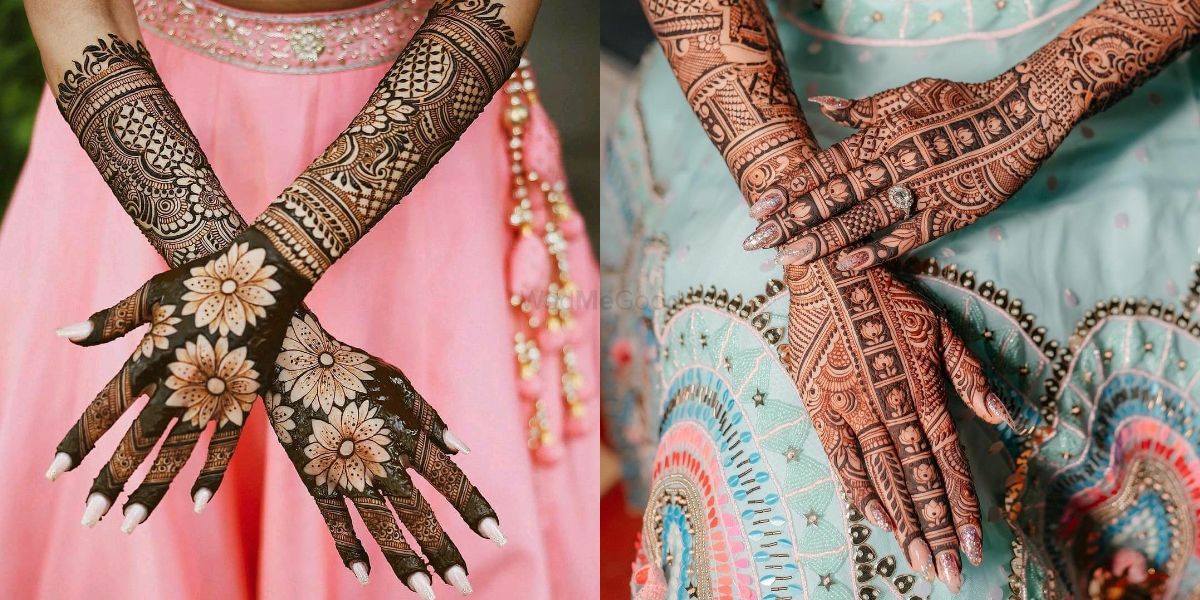


-transformed.jpeg)

